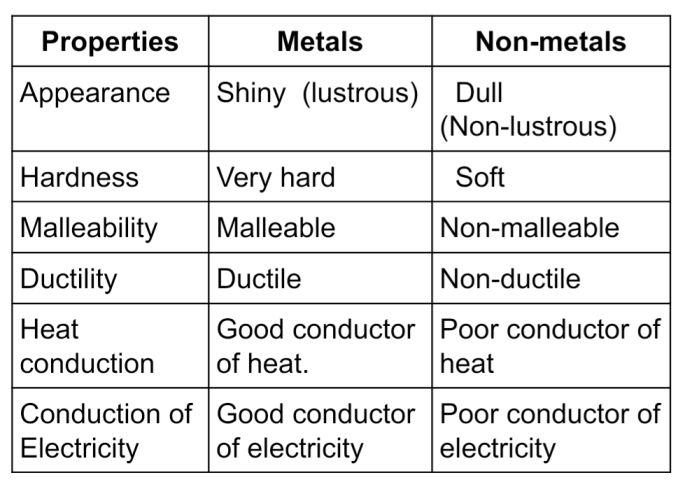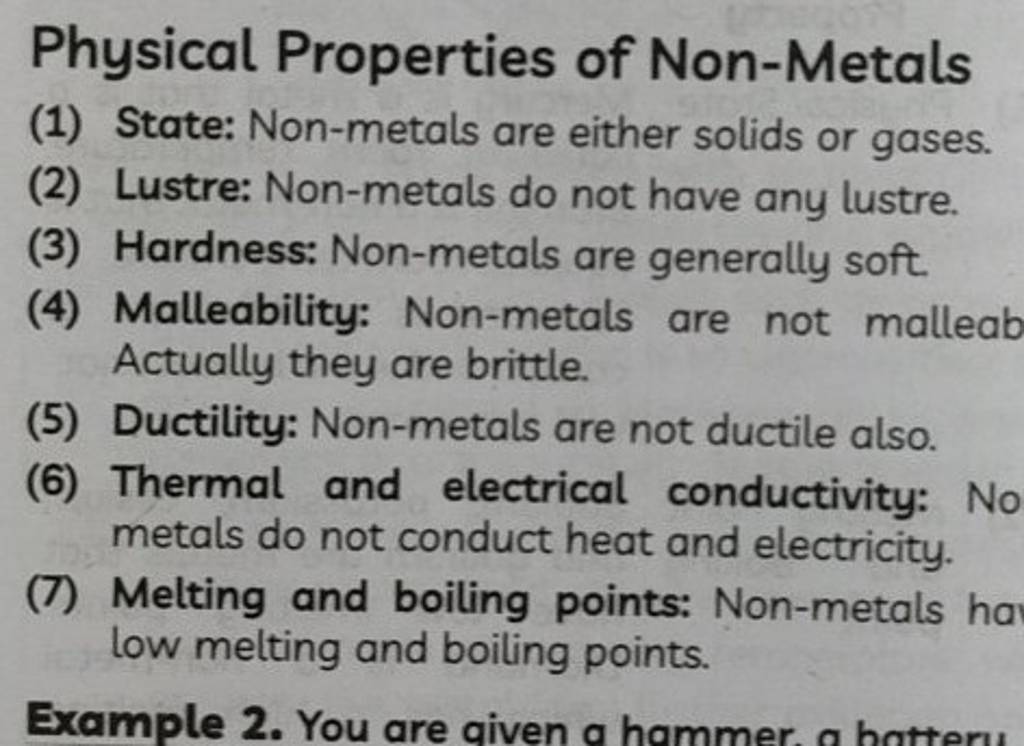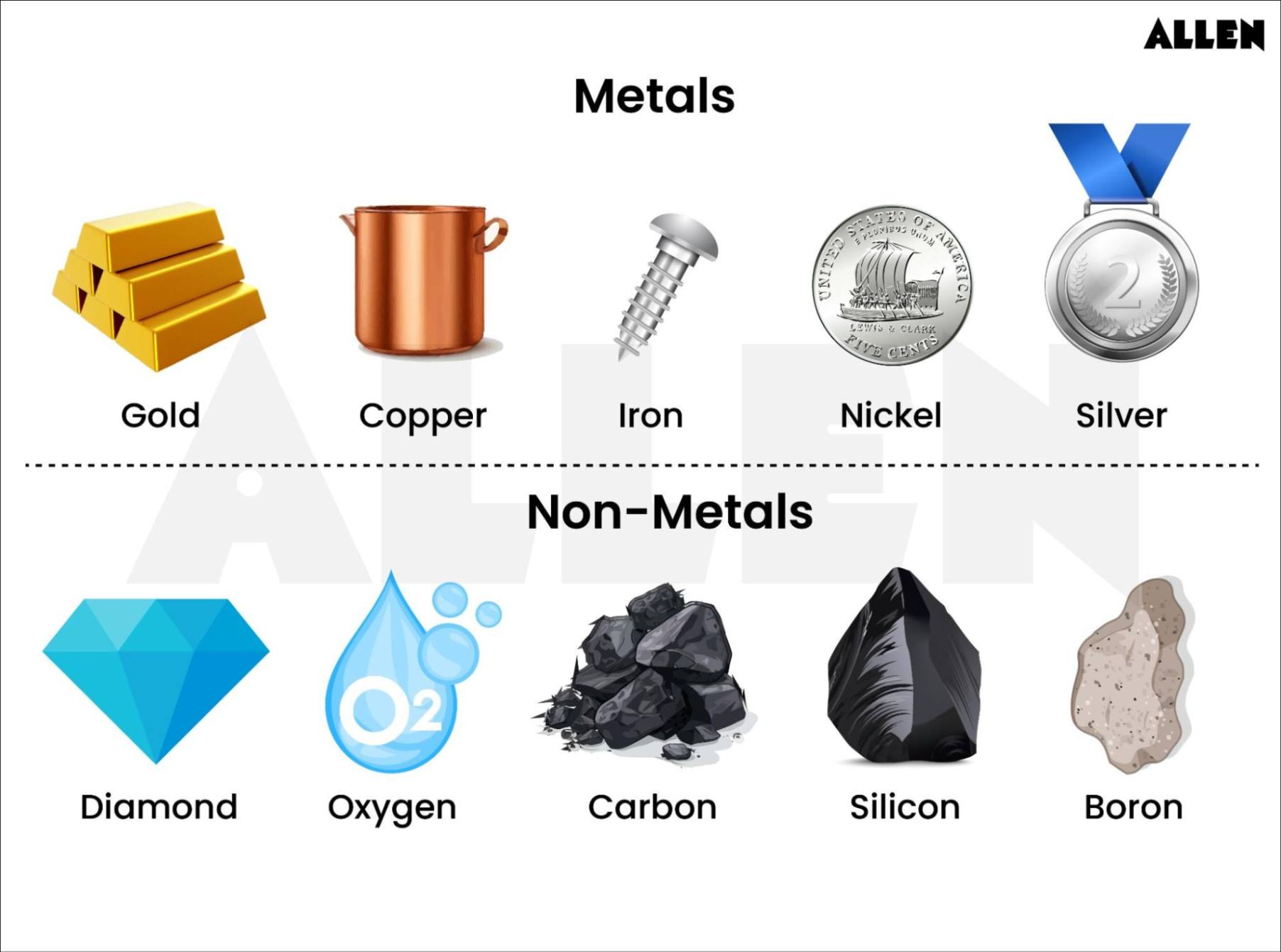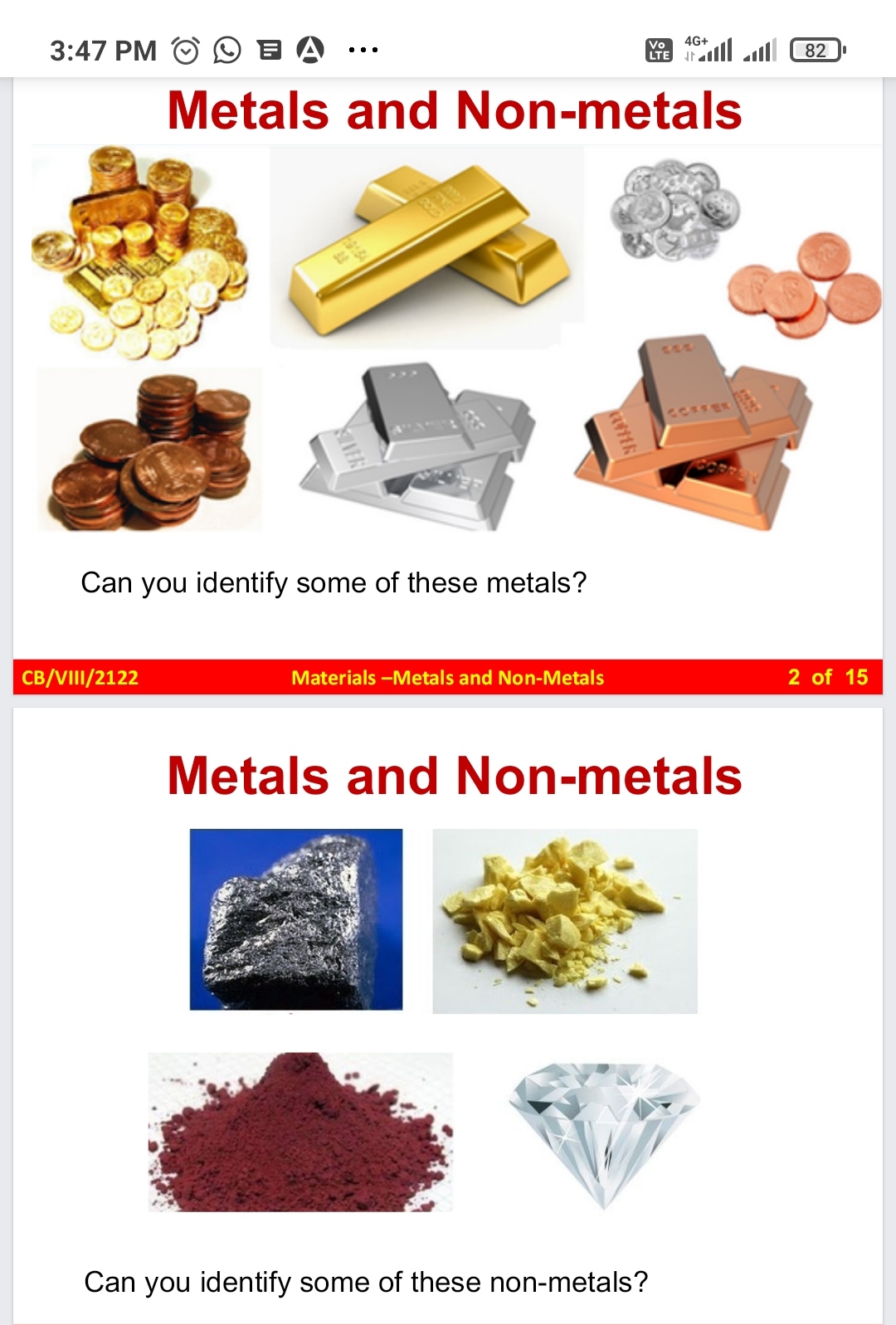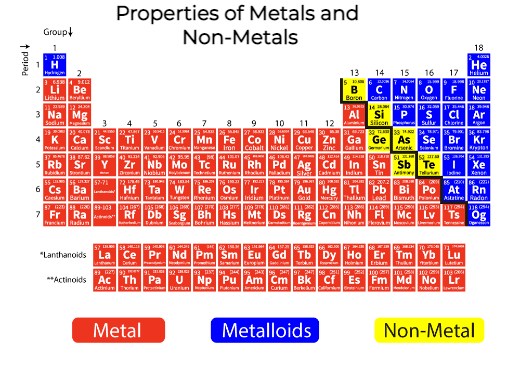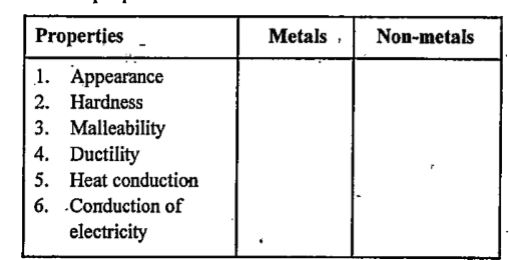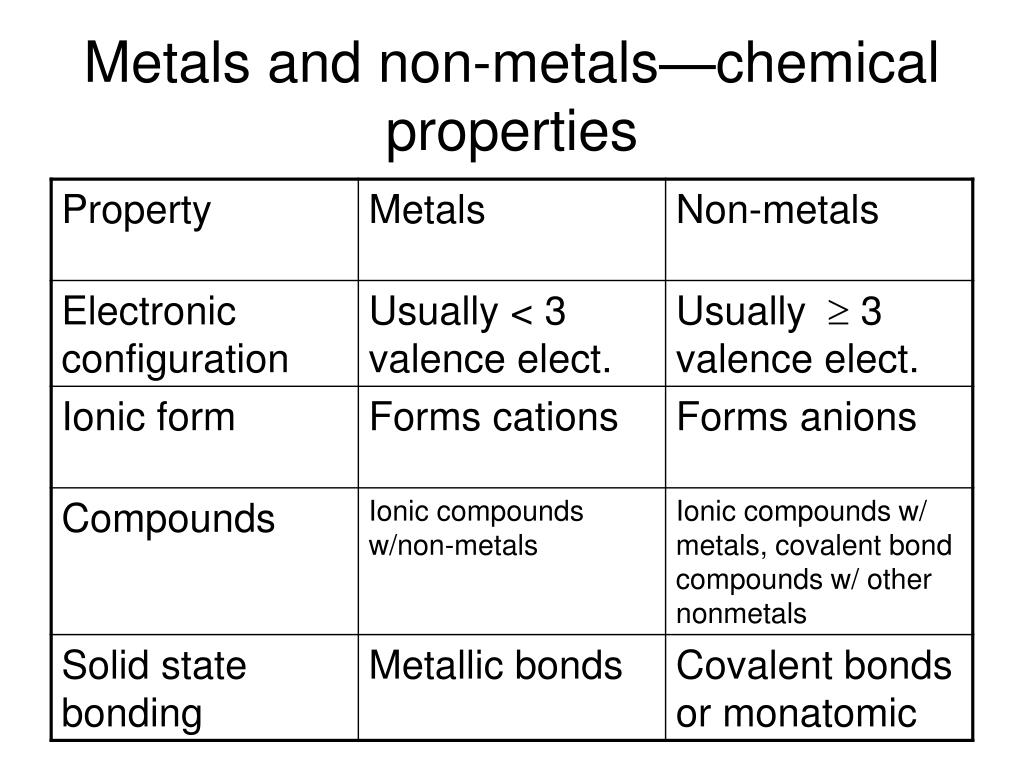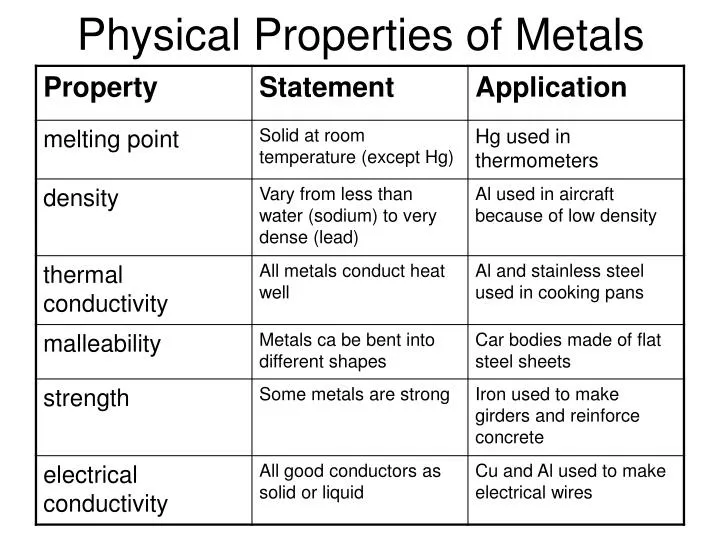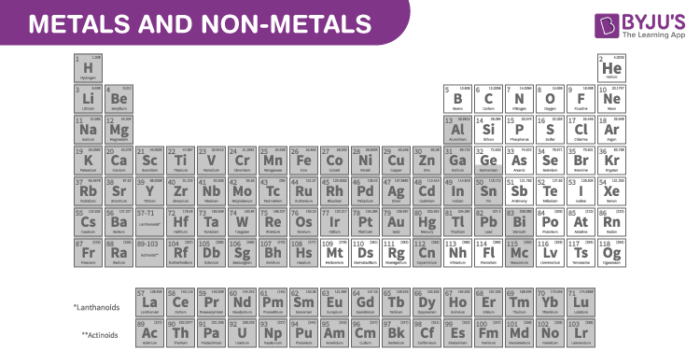Which Of The Following Is Not A Property Of Metal

A recent online debate has ignited over a seemingly simple question: Which of the following is not a property of metal? The discourse, fueled by a viral online quiz, highlights a concerning gap in basic scientific knowledge, particularly concerning the fundamental characteristics of materials.
The controversy surrounding this quiz underscores the importance of accessible and accurate science education for all. It emphasizes how easily misconceptions can spread in the digital age and the crucial role that scientific literacy plays in informed decision-making. This incident serves as a stark reminder of the need for continuous learning and critical thinking in navigating the complexities of the modern world.
The Quiz Question and the Confusion
The question, which quickly gained traction on social media platforms like Twitter and Facebook, presented users with a list of potential properties of metals. Among the options were characteristics like malleability, ductility, conductivity, and brittleness.
The 'correct' answer, according to the quiz, was brittleness, sparking a wave of disagreement and debate. Many argued that while some metals are indeed malleable and ductile, others exhibit brittleness under certain conditions or when alloyed with other elements.
This apparent contradiction fueled a surge of online discussions, with users sharing examples of metals that shatter or fracture easily. Experts weighed in, further complicating the matter by explaining the nuances of material science and the varying properties of different metallic substances.
Expert Opinions and Scientific Explanations
Dr. Anya Sharma, a materials science professor at the Massachusetts Institute of Technology (MIT), offered a clarifying perspective. "Metals, by definition, generally exhibit properties like conductivity (both electrical and thermal), malleability (the ability to be hammered into thin sheets), and ductility (the ability to be drawn into wires)," she explained.
However, she added that brittleness, or the tendency to fracture easily under stress, is not universally a property of metals in their pure form. "While certain alloys or metals under specific conditions may exhibit brittle behavior, it's not a defining characteristic of all metals," she clarified.
Dr. Ben Carter, a research scientist specializing in metallurgy, emphasized the role of impurities and processing methods. "The presence of impurities or specific heat treatments can significantly alter a metal's properties, making it more brittle," he stated. He added, "For example, cast iron, a type of iron alloy, is known for its brittleness."
The Significance of Material Properties
Understanding the properties of materials is crucial in various fields, from engineering and construction to manufacturing and even everyday life. The selection of appropriate materials for specific applications depends heavily on their characteristics, including strength, durability, and resistance to various environmental factors.
Misconceptions about material properties can lead to potentially dangerous situations. Imagine using a brittle metal in a structural component that requires high tensile strength, which could lead to catastrophic failure and compromise safety.
The recent debate highlights the importance of addressing scientific literacy and promoting a deeper understanding of the world around us. It's not enough to simply memorize facts; we need to cultivate critical thinking skills and the ability to apply scientific knowledge to real-world scenarios.
Impact on Education and Public Perception
The online quiz debacle raises questions about the effectiveness of current science education methods. Are students being taught to simply memorize facts, or are they being encouraged to explore the underlying principles and nuances of scientific concepts?
It also underscores the influence of online platforms on public perception. Misinformation can spread rapidly on social media, reinforcing existing biases and creating confusion about complex topics.
Combating this requires a multi-faceted approach, including improving science education, promoting critical thinking skills, and encouraging responsible information sharing online. Initiatives like science outreach programs and public lectures can play a vital role in bridging the gap between experts and the general public.
Conclusion
While the seemingly simple quiz question sparked confusion, it also presented an opportunity to reinforce fundamental scientific concepts. The debate surrounding the properties of metals serves as a reminder of the importance of accurate science education and critical thinking.
By addressing misconceptions and promoting scientific literacy, we can empower individuals to make informed decisions and contribute to a more knowledgeable and responsible society. Continuing to learn and question is the key to navigating the complexities of science and technology in the modern age.
Ultimately, the viral quiz should serve as a catalyst for promoting a deeper understanding of the world around us. Fostering critical thinking and encouraging accurate information dissemination will ensure that future generations are well-equipped to tackle scientific challenges.


